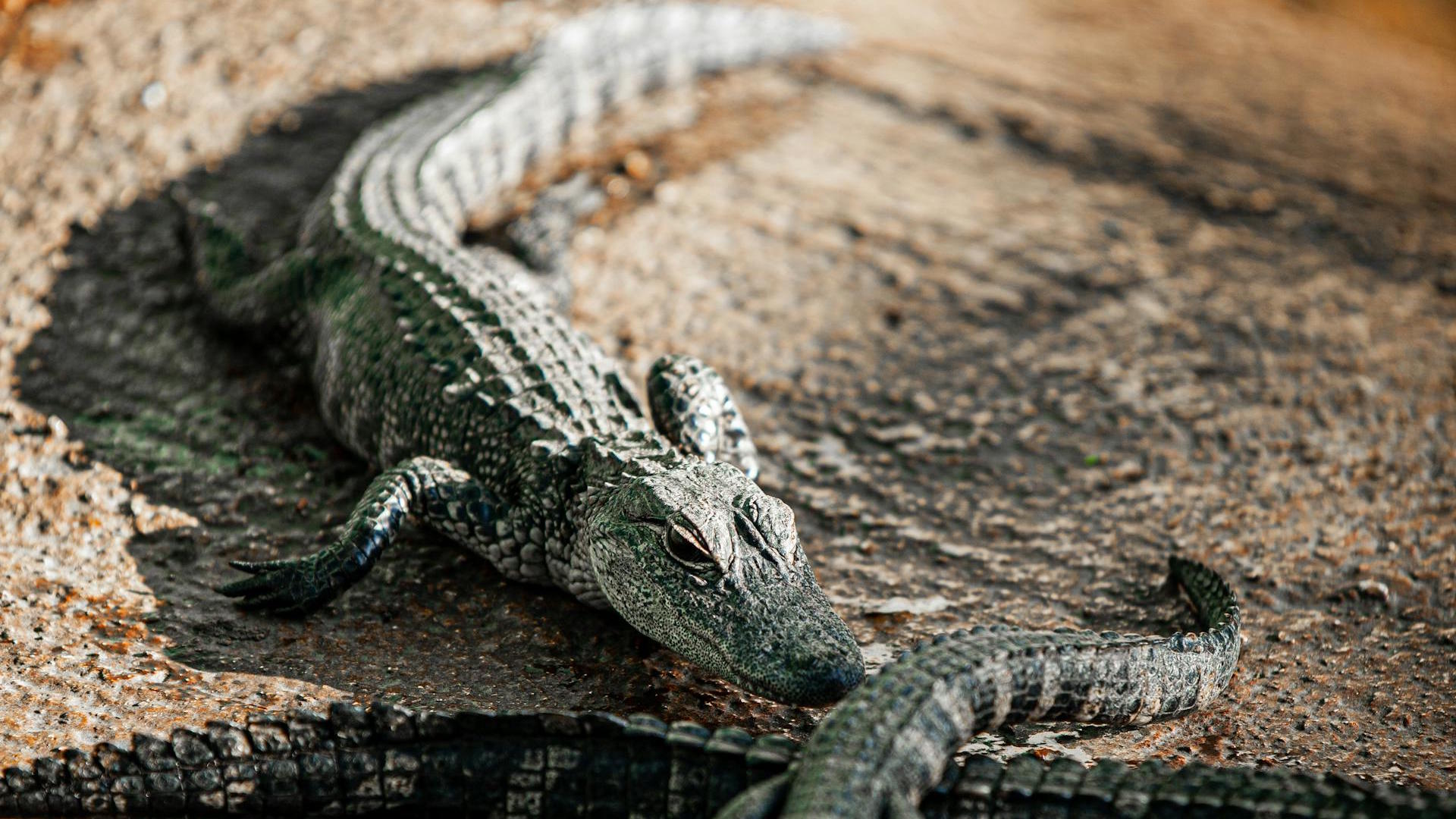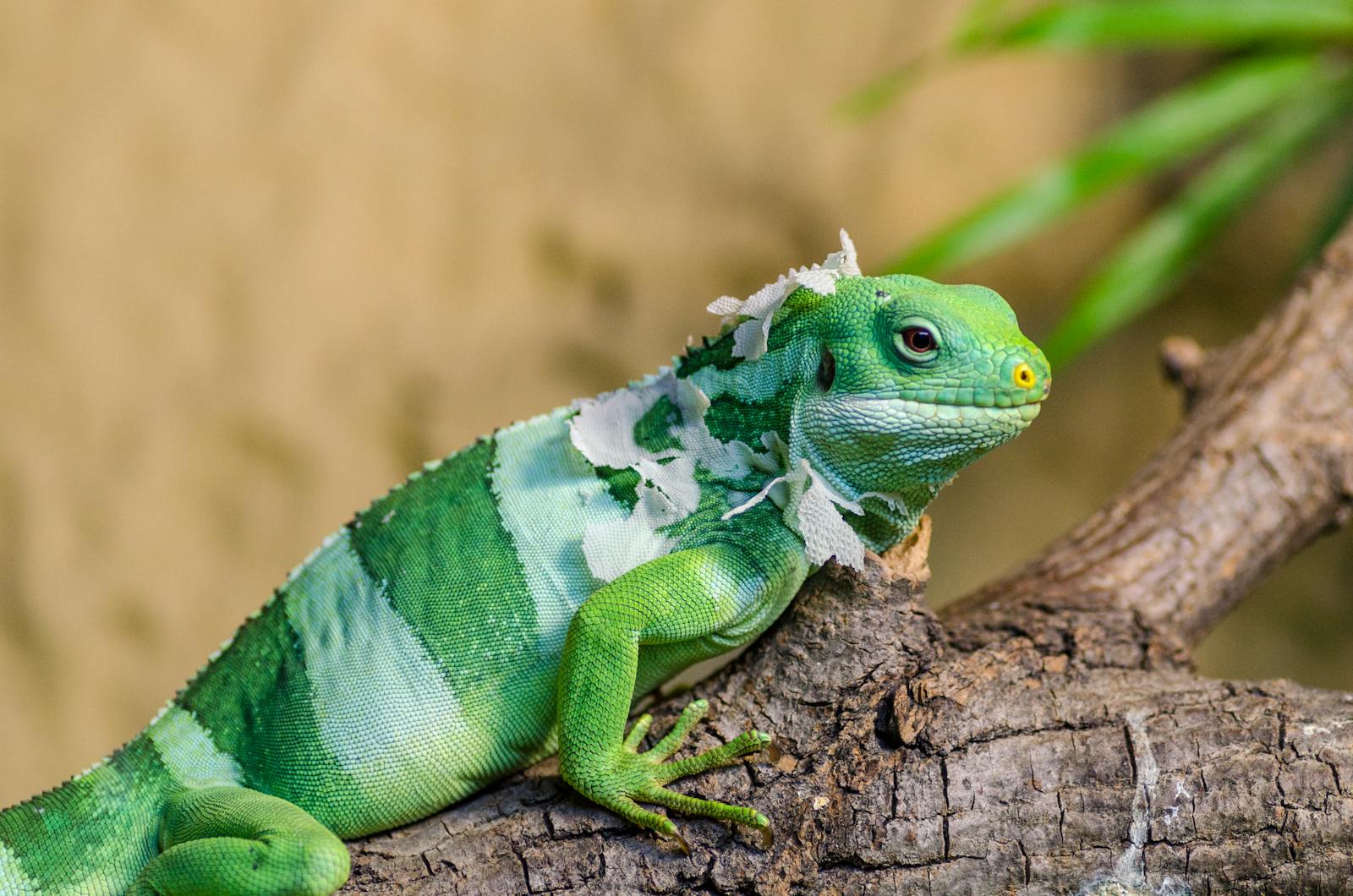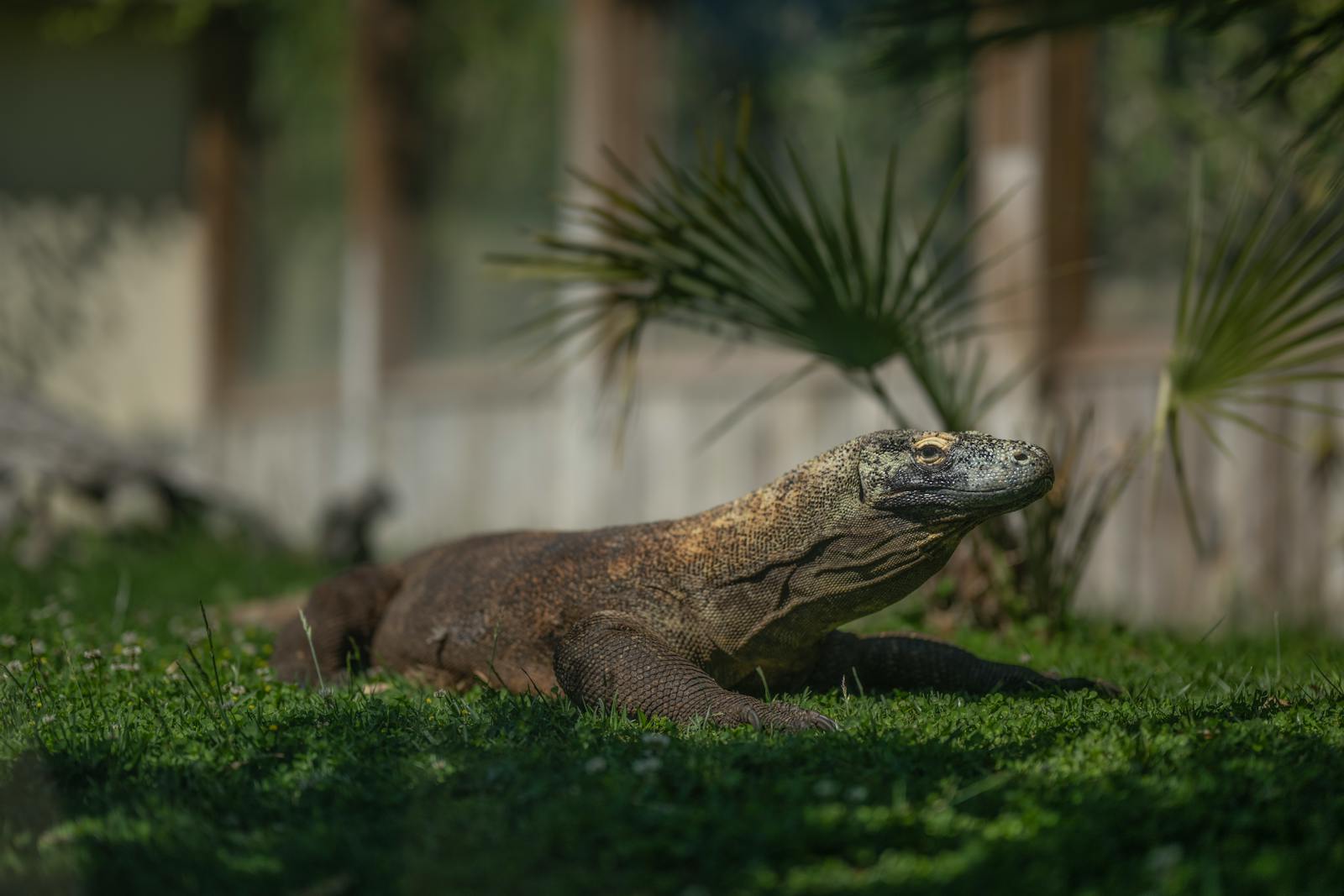Reptiles are fascinating creatures that play crucial roles in our ecosystems, yet many species face significant threats to their survival. From habitat loss to climate change, these cold-blooded vertebrates are experiencing population declines worldwide, including in local communities.
The good news is that everyday citizens can make meaningful contributions to reptile conservation efforts.
Whether you live in an urban environment, suburban neighborhood, or rural area, your actions can help protect these remarkable animals.
This article explores practical, impactful ways you can contribute to the preservation of endangered reptiles in your region, fostering a healthier environment for both wildlife and humans alike.
Understanding Local Reptile Species
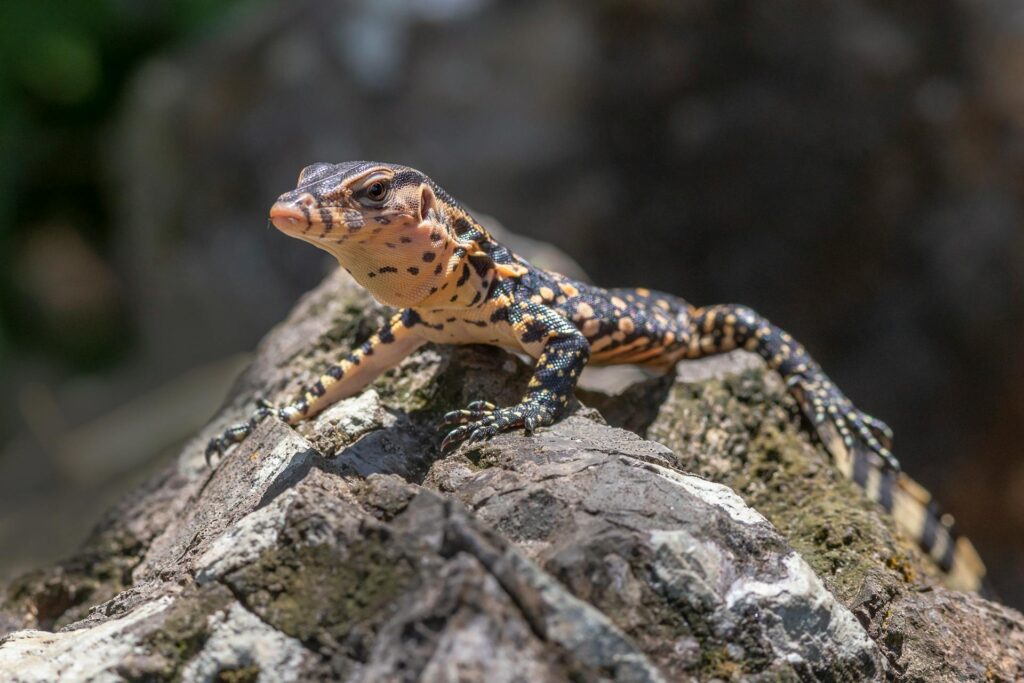
Before taking action, it’s essential to understand which reptile species inhabit your area and their conservation status. Research local lizards, snakes, turtles, and other reptiles through regional wildlife websites, field guides, or by contacting your state’s natural resources department.
Many regions maintain lists of threatened and endangered species specific to particular counties or habitats.
Knowledge of these species’ life cycles, behaviors, and challenges will inform your conservation efforts and help you recognize these animals when you encounter them.
This foundational understanding also allows you to educate others accurately and address specific threats affecting your local reptile populations.
Creating Reptile-Friendly Habitats

Your own property can become a sanctuary for local reptiles with some thoughtful modifications. Create microhabitats by incorporating rock piles, fallen logs, and brush heaps that provide shelter and basking spots for various species.
For turtles and moisture-loving reptiles, consider installing a small pond with gently sloping sides to allow easy access in and out of the water.
Native plant gardens attract insects and other small prey that reptiles feed upon, creating a natural food web.
Leave some areas of your yard unmowed and minimize chemical use to create safe zones where reptiles can thrive without exposure to harmful substances that may affect their development, reproduction, or overall health.
Responsible Landscaping Practices
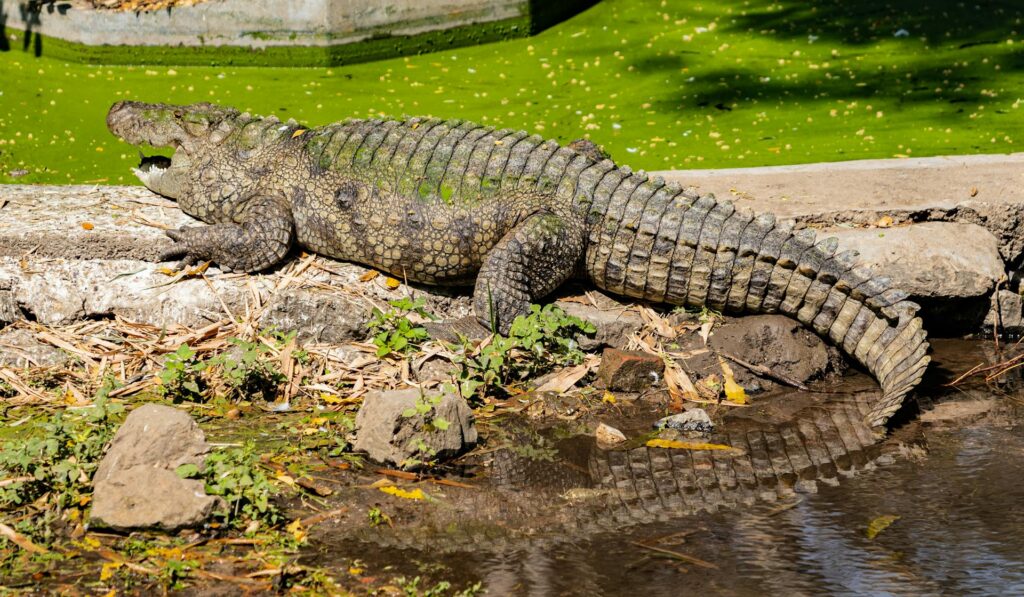
Conventional landscaping techniques can inadvertently harm reptile populations through habitat destruction and toxic exposure. Switch to organic gardening methods, eliminating chemical pesticides and fertilizers that can poison reptiles directly or contaminate their food sources.
Time your yard maintenance activities to avoid reptile nesting seasons, particularly for turtles that might lay eggs in garden beds or sunny spots.
Before mowing tall grass areas, perform a visual inspection to ensure no reptiles are present, as many small snakes and lizards seek shelter in these spaces.
Consider installing wildlife-friendly fencing that allows smaller creatures to pass through while still containing pets that might prey on vulnerable reptiles.
Supporting Reptile Conservation Organizations
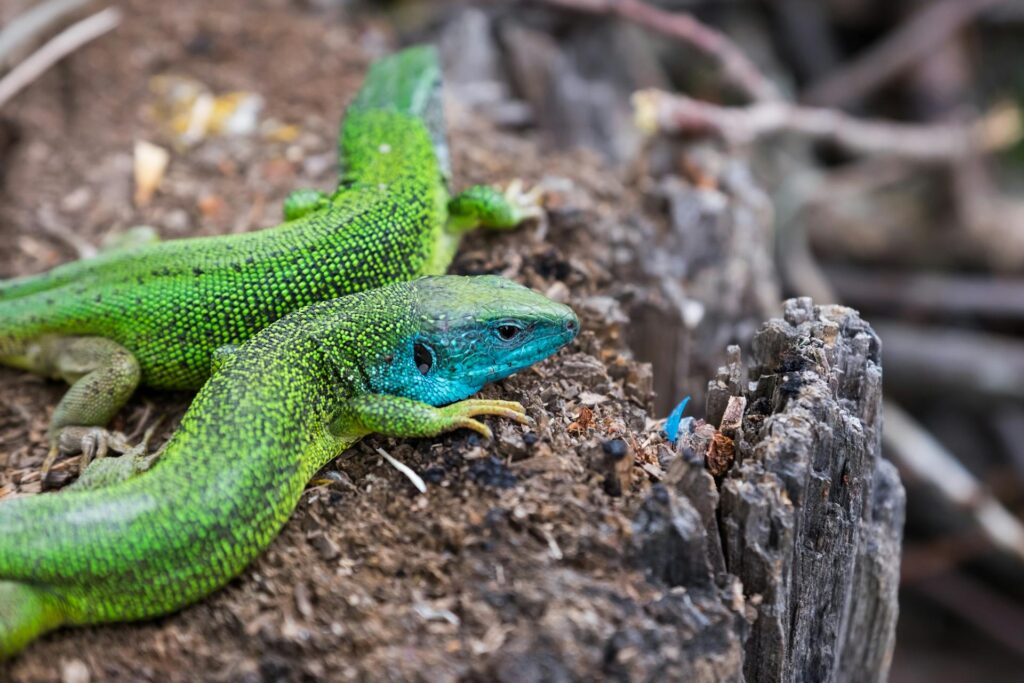
Local and national organizations dedicated to reptile conservation can multiply your individual efforts through collective action. Research reptile-focused nonprofits in your area and consider volunteering your time, skills, or financial support to further their work.
Many of these groups offer opportunities to participate in citizen science projects, habitat restoration events, or educational outreach programs.
The expertise these organizations provide can guide your personal conservation efforts and connect you with a community of like-minded individuals.
Some organizations also facilitate “adopt a reptile” programs where your contributions directly support the care of specific endangered individuals in rehabilitation or captive breeding programs.
Participating in Citizen Science Projects

Citizen science initiatives allow everyday people to contribute valuable data to reptile conservation efforts. Many wildlife agencies and research institutions have developed user-friendly mobile apps for reporting reptile sightings, which help track population distributions and changes over time.
These programs typically include photo verification features and location tracking to ensure the accuracy of the collected information. Your consistent participation in these projects helps scientists identify areas of concern and priority conservation zones.
Additionally, many citizen science platforms provide educational materials to help you identify species correctly and understand the significance of your observations in the broader conservation context.
Advocating for Reptile-Friendly Policies

Legislative protection plays a crucial role in reptile conservation, making civic engagement an important conservation tool. Stay informed about local development projects that might impact reptile habitats and attend public meetings where you can voice concerns about environmental impacts.
Contact your local representatives to express support for laws that protect wetlands, control invasive species, and preserve natural areas essential for reptile survival.
Join or form community coalitions focused on sustainable development practices that incorporate wildlife corridors and habitat preservation.
Your advocacy efforts can influence important decisions about land use, environmental regulations, and conservation funding that directly affect reptile populations in your region.
Educating Your Community

Misinformation and fear often drive negative attitudes toward reptiles, particularly snakes, making education a powerful conservation tool.
Organize or participate in educational events at schools, nature centers, or community gatherings to help others understand the ecological importance of reptiles and dispel common myths.
Create or distribute factual, engaging materials about local reptile species that highlight their beneficial roles in controlling pest populations and maintaining ecosystem balance.
Use social media to share positive reptile encounters and interesting facts that normalize these often-misunderstood animals.
By fostering appreciation rather than fear, you can help build a community that values and protects its reptilian neighbors instead of persecuting them.
Safe Wildlife Observation Practices
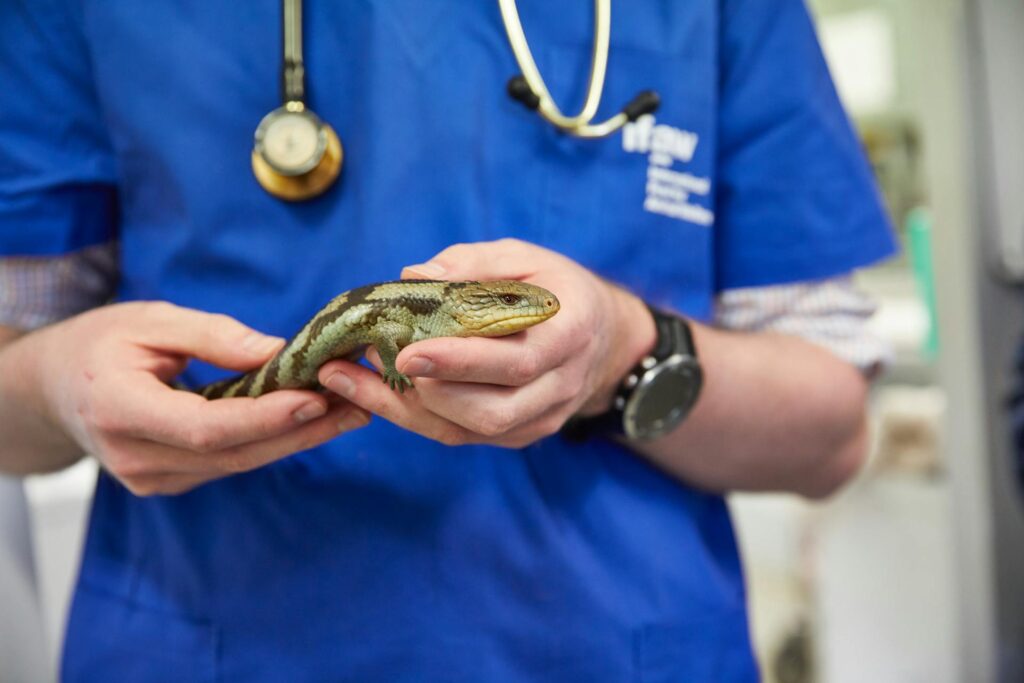
Responsible wildlife watching ensures your interest in reptiles doesn’t inadvertently harm them. Always maintain a respectful distance when observing reptiles in their natural habitat, using binoculars or zoom lenses to get a closer look without causing stress or disruption.
Never handle wild reptiles unless absolutely necessary for their safety, as improper handling can cause injury or transmit diseases to these sensitive creatures.
Stick to established trails when hiking to minimize habitat disturbance, and take care not to remove rocks, logs, or other natural features that serve as reptile shelters.
If you find a nest site, mark its location mentally, but don’t disturb it or draw attention to it that might attract predators or collectors.
Preventing the Spread of Invasive Species

Invasive plants and animals pose significant threats to native reptile populations through competition, predation, and habitat alteration.
Learn to identify invasive species in your region and participate in removal efforts organized by conservation groups or parks departments.
Never release non-native pets into the wild, as they can establish invasive populations that disrupt local ecosystems—instead, contact reptile rescues if you can no longer care for an exotic pet.
Clean outdoor equipment thoroughly between uses in different natural areas to prevent the inadvertent spread of invasive plants or pathogens.
Report sightings of known invasive species to relevant authorities who can track and manage these populations before they become established threats to native reptiles.
Turtle and Tortoise Road Safety

Vehicle collisions claim countless reptile lives each year, particularly during migration and breeding seasons when turtles and tortoises frequently cross roads.
Learn about local turtle crossing hotspots and drive with extra caution in these areas, especially during spring and early summer when many species are actively moving between habitats.
If it’s safe to do so, help turtles cross roads in the direction they were heading—moving them back to where they came from will only result in them attempting the crossing again.
Consider advocating for turtle crossing signs or wildlife underpasses in high-risk areas with documented reptile mortality.
Create awareness in your community about seasonal reptile movements and the importance of vigilant driving during these crucial periods.
Ethical Pet Ownership Considerations

The exotic pet trade significantly impacts wild reptile populations, making responsible choices as a consumer essential for conservation.
If interested in keeping reptiles as pets, adopt from reputable rescues rather than purchasing wild-caught specimens that deplete natural populations.
Research any potential pet species thoroughly to ensure you can provide proper care for its entire lifespan, which can exceed several decades for some reptiles.
Verify that any reptile you acquire was legally bred in captivity with appropriate documentation rather than harvested from the wild.
Advocate against the illegal wildlife trade by reporting suspicious sellers and educating others about the ecological consequences of removing reptiles from their natural habitats.
Addressing Climate Change Impacts

Climate change poses particular challenges for reptiles, whose biology is intimately connected to environmental temperatures. Reduce your carbon footprint through energy conservation, sustainable transportation choices, and other climate-friendly practices that help mitigate global warming’s impacts on reptile habitats.
Create microclimate refuges in your yard that provide shade and moisture during extreme heat events that can be fatal to reptiles unable to regulate their body temperature.
Support conservation initiatives focusing on climate resilience, such as protected corridors that allow reptiles to migrate as conditions change.
Advocate for climate policies that recognize the vulnerability of ectothermic animals like reptiles, whose survival depends on appropriate temperature ranges that are increasingly disrupted by climate change.
Building Connections with Conservation Experts
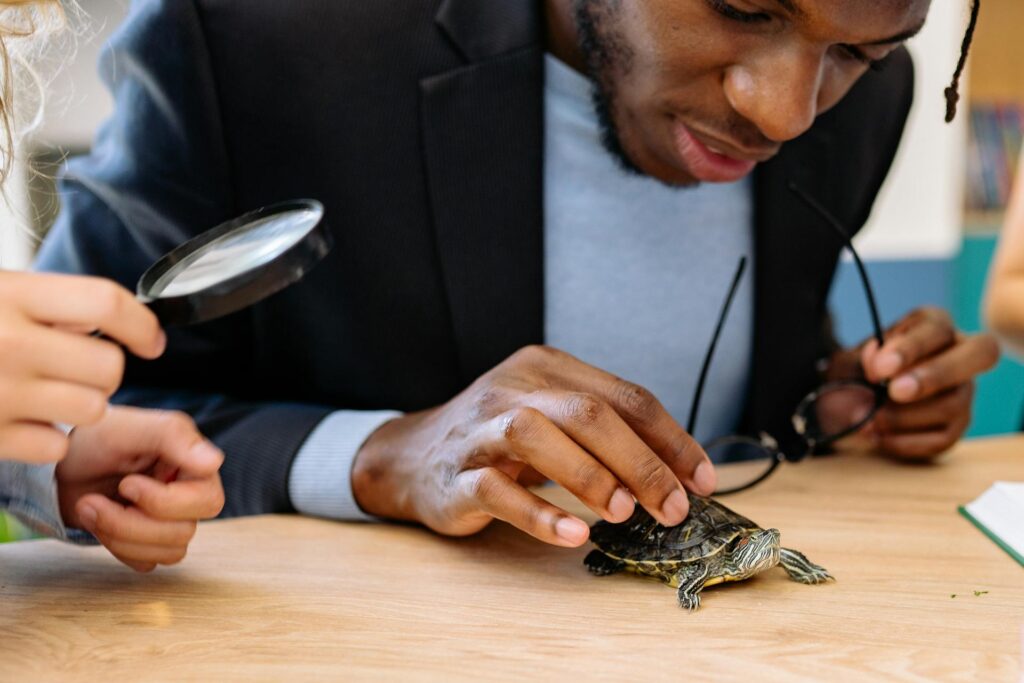
Developing relationships with herpetologists and conservation professionals can significantly enhance your effectiveness as a reptile advocate. Attend lectures, workshops, and field trips led by experts to deepen your knowledge and skills related to local reptile conservation.
Follow the work of researchers studying reptiles in your region through their publications, social media, or institutional websites to stay informed about emerging conservation concerns and strategies.
Volunteer with university research projects or wildlife rehabilitation centers that work with reptiles to gain hands-on experience under professional guidance.
These connections not only improve your own conservation efforts but also create networks that can mobilize quickly when specific threats to local reptile populations emerge.
Conclusion
Protecting endangered reptiles requires a multifaceted approach that combines personal actions, community engagement, and broader advocacy efforts.
By creating reptile-friendly spaces, supporting conservation organizations, participating in citizen science, and advocating for protective policies, you can make a meaningful difference in your local area.
Each small step contributes to a larger movement toward coexistence with these remarkable animals that have inhabited our planet for millions of years.
As you implement these strategies, remember that conservation success depends on consistency and collaboration—both with fellow humans and with the natural systems that sustain all life.
Your efforts today help ensure that future generations will inherit a world where reptiles continue to fulfill their essential ecological roles and inspire wonder in those fortunate enough to encounter them.


